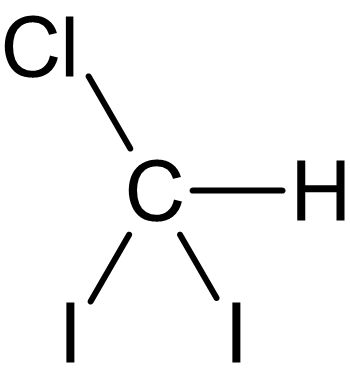Link Between Trihalomethanes in Water and Chronic Kidney Disease Explored

A recent study published on July 2, 2025, in JAMA Network Open has established a concerning association between exposure to trihalomethanes (THMs)—particularly brominated THMs—in residential community water supplies and an increased risk of chronic kidney disease (CKD). Conducted by Dr. Danielle N. Medgyesi and her colleagues from the Mailman School of Public Health at Columbia University, this prospective cohort study examined long-term exposure to THMs among 89,320 female participants from the California Teachers Study, revealing a substantial public health concern given the widespread use of chlorinated water supplies.
The research highlighted a clear exposure-response relationship, with hazard ratios for CKD risk escalating up to 1.43 for those exposed to the highest levels of brominated THMs. This study's findings are critical as they underscore the health implications posed by common water treatment practices, particularly in light of the growing global burden of CKD.
### Contextual Background
Trihalomethanes are chemical byproducts formed when chlorine, a common disinfectant used in water treatment, reacts with organic matter in water sources. Brominated THMs, a subgroup of these compounds, have been increasingly scrutinized due to their potential health risks. Previous studies, including one from the World Health Organization, have linked THM exposure to various health issues, including bladder cancer and cardiovascular disease.
The California Teachers Study, initiated in 1995, provided a robust dataset, linking participants' health records with their exposure levels to THMs. Among the significant findings, brominated THMs accounted for 52.9% of the overall association with CKD risk, followed by uranium (35.4%), arsenic (6.2%), and chloroform (5.5%). The implications of these results are profound, as they not only highlight the risks associated with THMs but also call for a reassessment of water chlorination practices.
### Expert Analysis
Dr. Robert Egan, an associate editor at JAMA Network Open, emphasized the importance of this study, stating, "These findings carry important public health implications given the widespread use of water chlorination and the alarming rise in CKD cases globally." Furthermore, Dr. Sarah Johnson, a Professor of Environmental Health at Harvard University, noted that the study's rigorous methodology strengthens the validity of the findings, advocating for stricter regulations on water quality standards.
In contrast, some industry leaders have raised concerns about the feasibility of eliminating THMs from water supplies. Mark Anderson, CEO of WaterSafe Technologies, argued, "While reducing THM levels is essential, we must also consider the practical implications for water treatment facilities and the potential costs involved."
### Implications and Future Outlook
The implications of this study are multi-faceted. With CKD on the rise, understanding environmental factors like THM exposure is crucial. The findings could prompt regulatory bodies, such as the Environmental Protection Agency (EPA), to revisit safety standards for drinking water. Additionally, there is a pressing need for public awareness campaigns to inform communities about the potential risks associated with chlorinated water.
Internationally, organizations such as the World Health Organization may use this data to guide global water quality initiatives. Researchers anticipate that further studies will explore the mechanisms through which THMs affect kidney function, potentially leading to new preventative measures.
As the public health landscape evolves, addressing the environmental determinants of health, such as THM exposure, will be essential in combating chronic diseases like CKD. This study serves as a critical reminder of the interconnectedness of environmental health and chronic disease prevalence, urging a reevaluation of water safety practices on a global scale.
Advertisement
Tags
Advertisement





